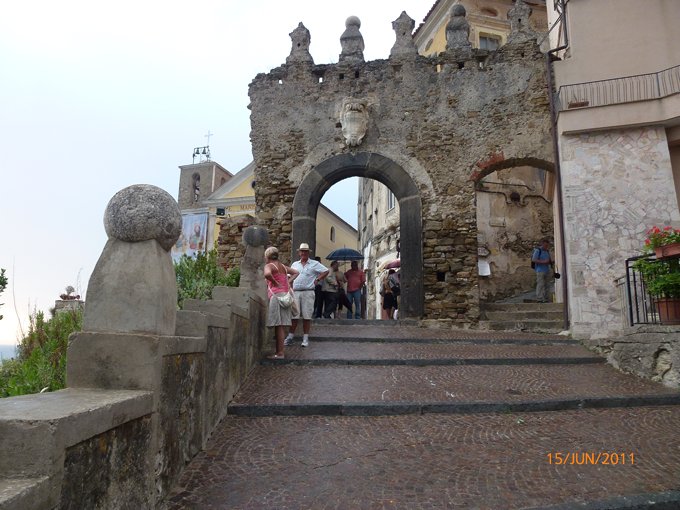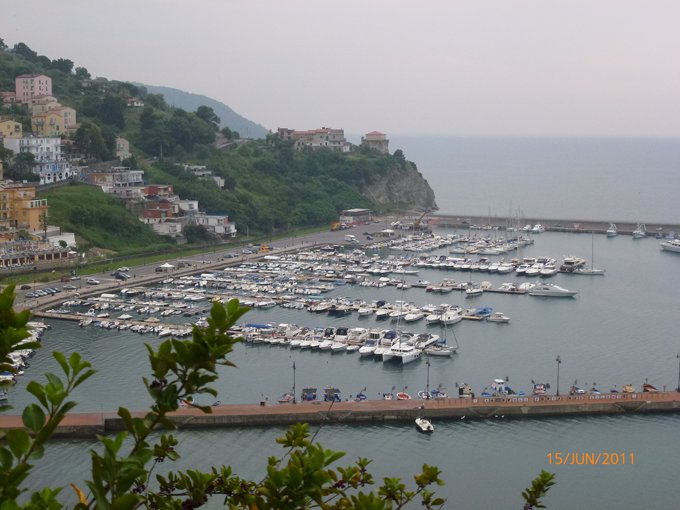Paestum

Paestum
Wednesday, 15th June, 2011.
Agropoli is a wonderful stop for Paestum said to be the finest Greek architecture in Italy. The bus journey was frustrating as we waited and two buses passed us although saying Paestum on their boards reckoned we needed to wait for the next bus. Two hours later we boarded the bus, time seems to be unimportant in Agropoli.
Our bus driver spoke a little English and put us down near the site and told us to be back for the 6.40 p.m. return bus.
We were not disappointed as the temple dedicated to Athene was the first to come into our view. Once we paid our entrance fee we explored the whole area for a couple of hours. The ruins date back to 600 BC when Greeks from Sybaris founded a large town on the plains that lies on the left bank of the River Sele. The colony known as Poseidonia featured a traditional grid pattern layout of massive templates, shops and market place testifying to the area’s wealth. Poseidonia became a Roman colony in 273 BC and was renamed Paestum. Malaria was brought to the town by the Second Punic War soldiers and the residents battled it throughout the 1st century AD until the disease finally took its toll and the city was abandoned.
Three other massive Doric temples are Hera 1, the Temple of Neptune and Temple of Ceres. Law courts, religious buildings, markets were all housed in these temples. The museum across from the site we understand houses all tomb paintings, treasures, terracotta offerings, sculpture and architectural fragments.
Our photographs try to show how enormous these temples are.
To miss the rain we left the site and hurried to a nearby cafe for ice-cream and drinks before heading back to the bus stop. Another fascinating day in Italy.





